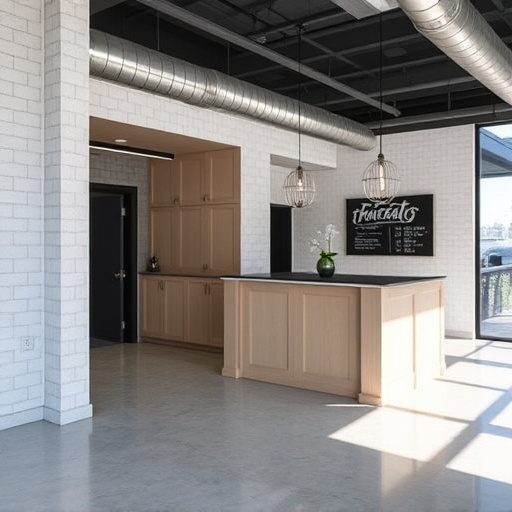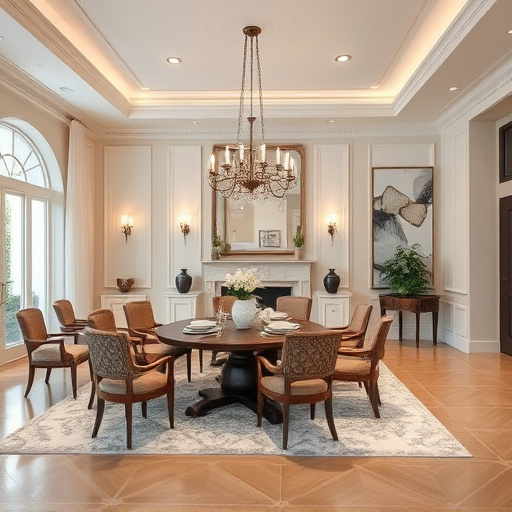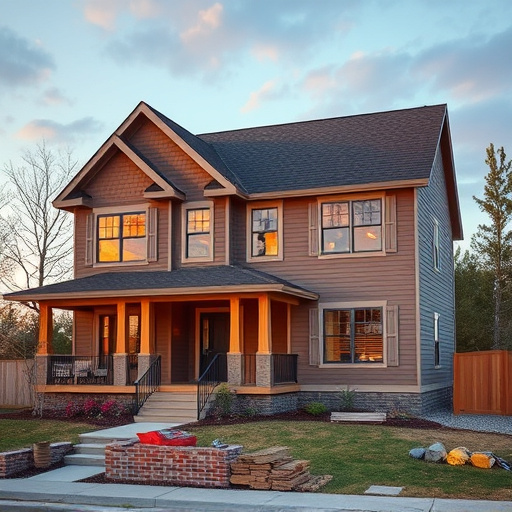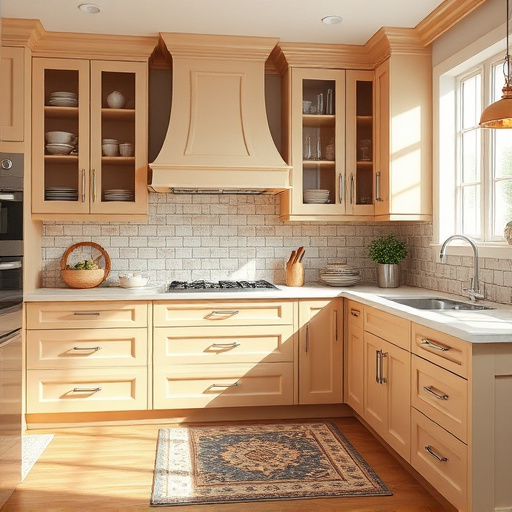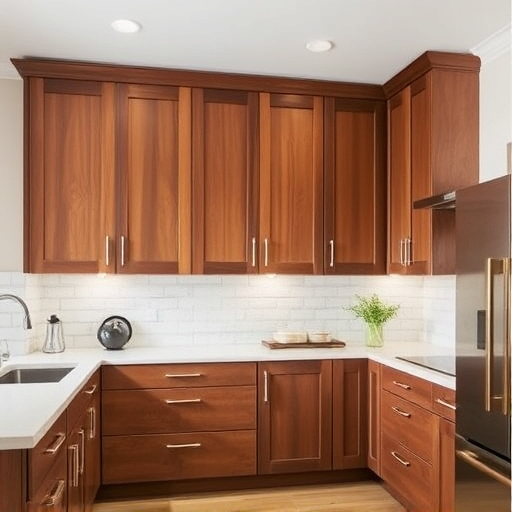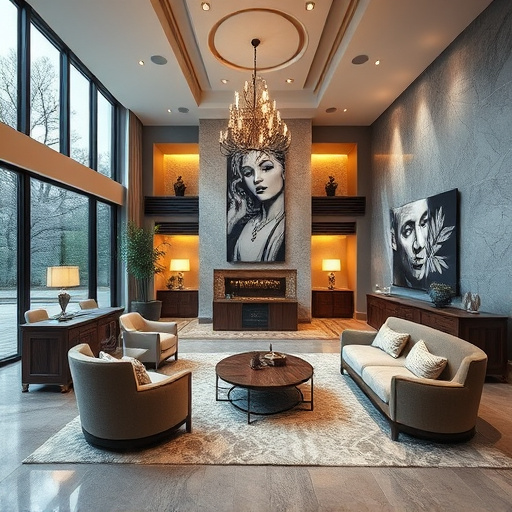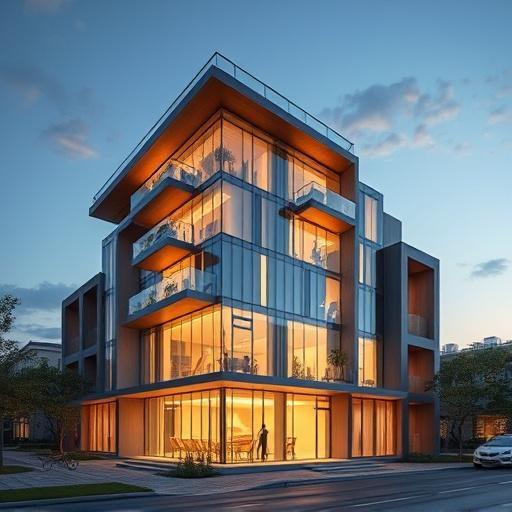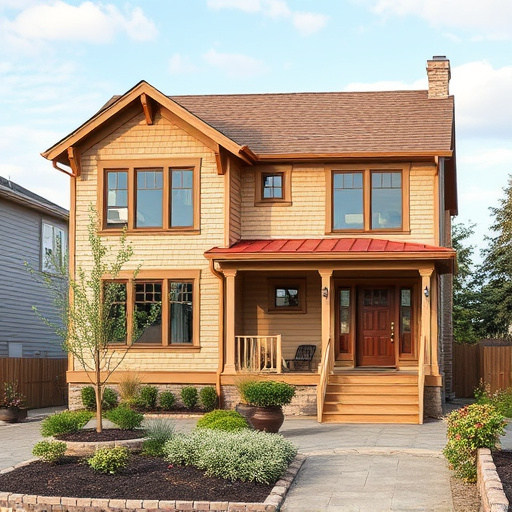In dynamic home design, last-minute changes are inevitable, driven by shifting client preferences, budget adjustments, and unforeseen challenges. Successful interior designers adapt through open communication, leveraging their expertise in home improvement services, and using design software for quick revisions. This multi-pronged approach ensures timely project completion within budget, transforming potential nightmares into dream spaces that exceed client expectations. Key to success is flexibility, pivoting concepts based on feedback and lifestyle changes, creating inviting and functional spaces tailored to unique lifestyles.
In the dynamic world of home design, interior designers frequently navigate the unyielding tide of last-minute changes. This article explores the intricate dance these professionals perform when adapting to unexpected alterations. We delve into the flexible nature of interior design projects and common triggers for last-minute shifts, analyzing their ripple effects on timelines and budgets. Through strategic approaches, including effective communication, advanced design software, and a robust network, designers masterfully manage these twists, offering tips on prioritizing changes, efficient project management, and creative problem-solving to ensure successful outcomes in home design.
- Understanding the Dynamics of Last-Minute Changes in Home Design
- – The nature of interior design projects: flexibility and adaptability
- – Common reasons for last-minute changes
Understanding the Dynamics of Last-Minute Changes in Home Design
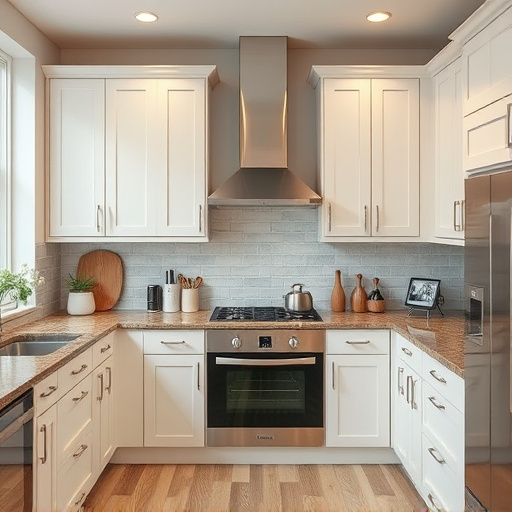
Last-minute changes are a common occurrence in home design projects, especially for interior designers who often have to adapt to evolving client preferences and unexpected challenges. Understanding the dynamics of these sudden shifts is key to managing successful residential renovations or whole house remodels. These modifications can range from simple color palette adjustments to significant structural alterations, requiring designers to be flexible and adept at handling unforeseen circumstances.
Interior designers navigate this intricate dance by maintaining open communication with clients, leveraging their expertise in home improvement services, and utilizing design software that facilitates quick visualization and revision. This multi-pronged approach ensures they can swiftly accommodate changes while adhering to project timelines and budgets. The ability to adapt is not just a skill but often the difference between delivering a client’s dream space and an unforeseen nightmare.
– The nature of interior design projects: flexibility and adaptability
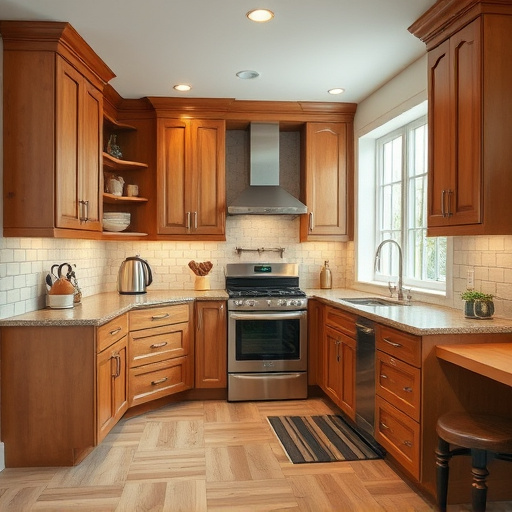
Interior design projects are dynamic processes that demand a unique blend of creativity and adaptability. Unlike other fields where precision and planning are paramount, home design often navigates uncharted territories, accommodating client preferences, market trends, and unforeseen challenges. This makes flexibility a cornerstone of successful interior design. Designers must be prepared to pivot their initial concepts based on client feedback, budget adjustments, or even last-minute lifestyle changes.
Adaptability is key when tackling complex projects like kitchen and bath renovations or multiple room remodels. Bathroom renovations, for instance, can evolve from simple updates to full-scale transformations, requiring designers to stay agile. Similarly, a project initially focusing on a single space might expand to encompass the entire home as design ideas flow seamlessly from one area to another. This fluidity ensures that the final product not only meets but exceeds client expectations, creating inviting and functional spaces tailored to their lifestyles.
– Common reasons for last-minute changes
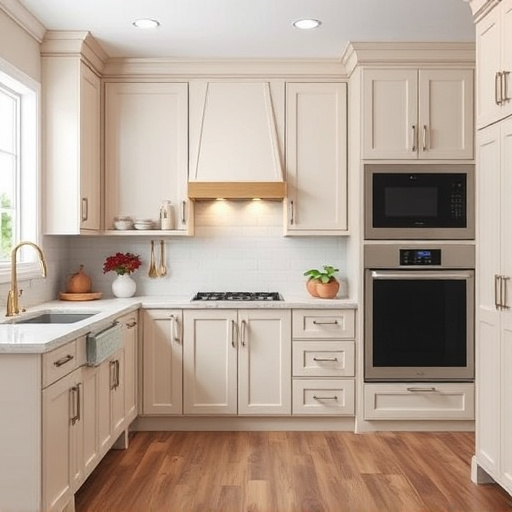
Last-minute changes are a common occurrence in the world of interior design, often driven by various factors that can arise during any stage of a home design project. One of the primary reasons for such adjustments is client satisfaction and preference shifts. As designers work closely with clients to bring their vision to life, they may uncover evolving tastes or unexpected preferences, leading to changes in color schemes, furniture layouts, or even entire room themes.
Another significant factor is the dynamic nature of home renovation projects. During a bathroom remodel or exterior painting, for instance, unforeseen challenges like structural issues or weather delays can prompt last-minute modifications to ensure the project stays on track and meets client expectations. Skilled interior designers are adept at navigating these changes, utilizing their creativity and expertise to transform potential setbacks into opportunities for unique and personalized home design solutions.
Interior designers are masters of adaptation, equipped to handle the unpredictable nature of home design projects. By staying flexible and understanding that last-minute changes are common, they can seamlessly navigate unexpected twists and turns. Whether it’s a client’s evolving vision or new insights during construction, these professionals use their expertise to transform potential setbacks into opportunities, ensuring the final result aligns with the homeowner’s dreams, even under tight deadlines.





